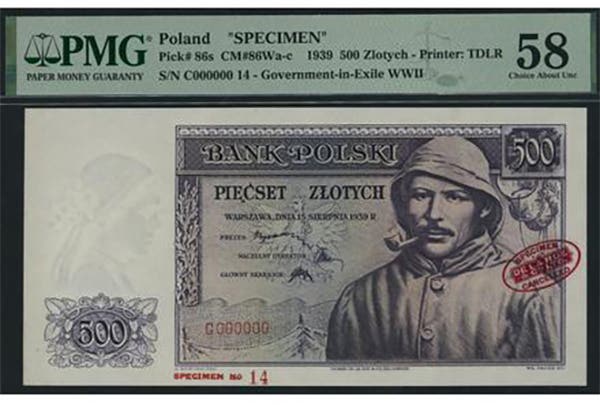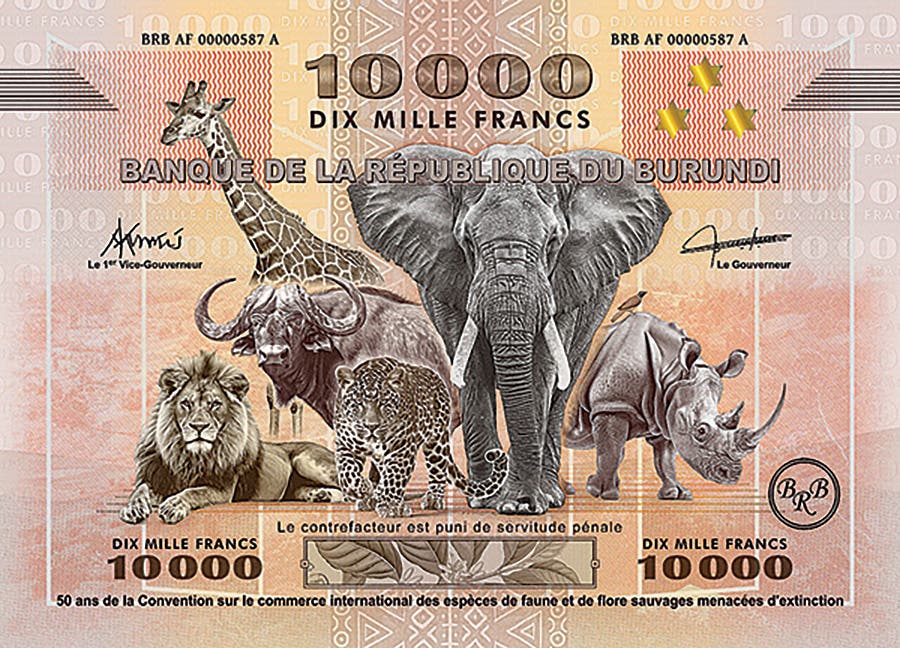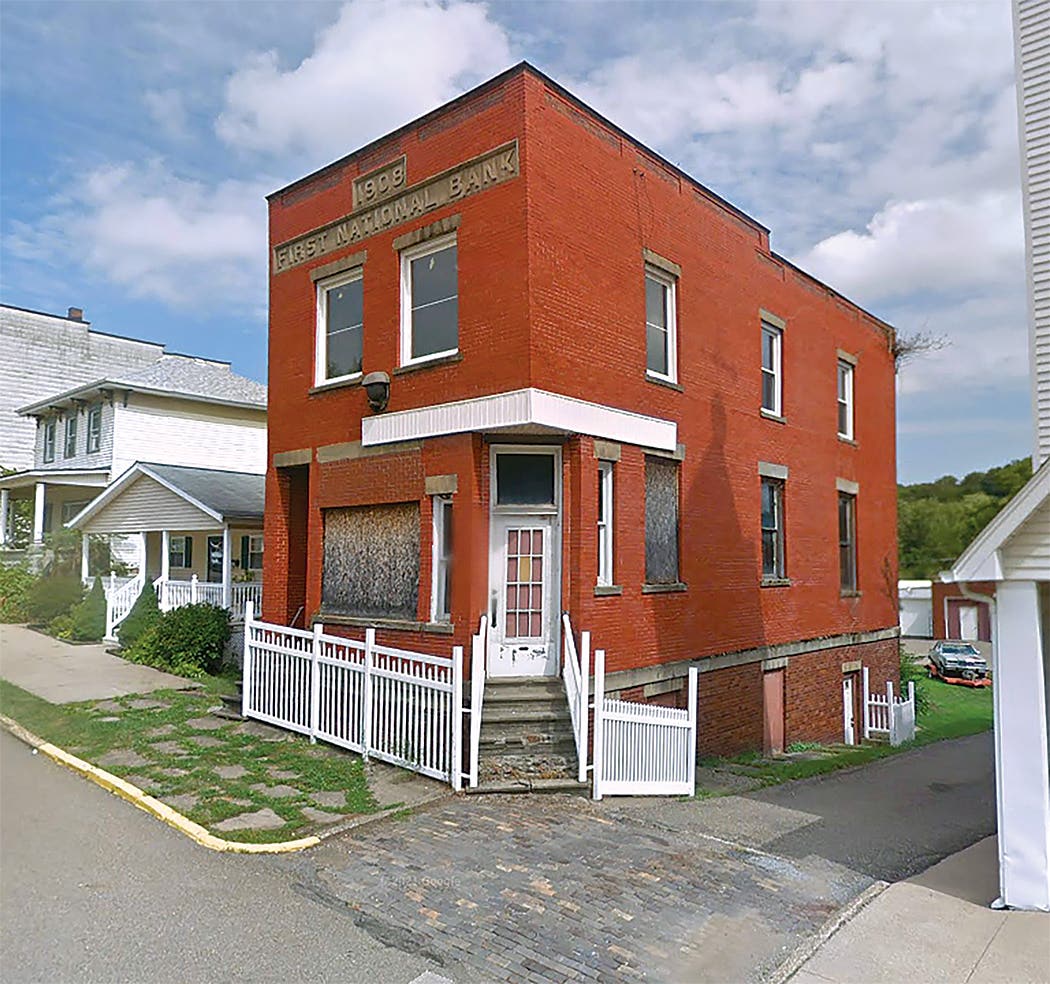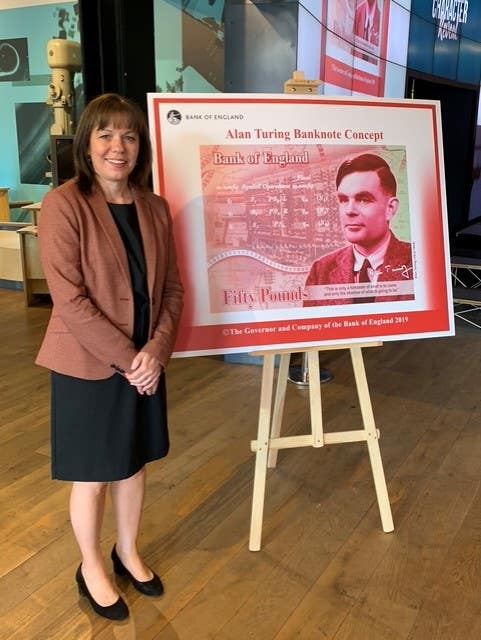Have you ever heard of Deltiology?
By Neil Shafer It amazes me how very vast the field of “exographica” really is. In case you are not familiar with this term, it is the exact counterpart to…
By Neil Shafer
It amazes me how very vast the field of “exographica” really is. In case you are not familiar with this term, it is the exact counterpart to “exonumia” in coins, except that it encompasses just about every fiscally-related item printed as long as it is not regularly-issued paper currency. Thus, it includes the great paper periphery – pieces like checks, bonds and stock certificates, political and propaganda notes, scrip of all kinds, local issues, ad notes, stamp money, receipts, postal money orders, lottery tickets, and a host of other issues including the subject of this month’s article: the use of currency images on post cards of the world.
Using the Internet, I began to search for information and possible literature having to do with the collecting of pictorial post cards, and I came across a wealth of data on a science called Deltiology. The name for a collector of picture post cards is Deltiologist. This term is derived from deltos, a Greek word meaning writing tablet. Deltiology encompasses many different areas of study, including things like collectibles, Judaica, and a very wide spectrum of other spheres of interest, but not paper currency as such. The reason for this omission is easily understood: every post card showing a bank note-related theme fits well into a more inclusive collecting area.
As an example, there are images of local city notes from Belgium issued during World War I. Such post cards would go naturally into the much more recognized area of World War I, a subject that is listed by deltiologists. They would also be welcome additions to the study of Belgium itself.
The attraction these cards have to numismatists has to do with the note, or notes, on the pictorial side. Their main feature of desirability is the manner in which these images are treated. It appears that many post cards in this area illustrate full notes; these are nice, but they show no imagination in their renditions. I much prefer those that have designs that do better at capturing the fancy of anyone studying them, even at first glance.
A perfect example of what I mean is seen in the card with an English pound note at bottom. There’s a poem, an old telephone, two other images, and the note below. It’s in full color and was used in 1937 with a then-new one-penny stamp featuring King George VI. Another lovely piece features old notes (now very rare) from around the turn of the century issued by several banks in South Africa. During that period, printing in color was considerably more difficult, but this colorful card shows the notes as they really existed.
It seems that some of the cards emanating from England show more initiative in their execution. The one with the bundle of King George V one-pound notes at top and a pawn ticket at bottom provides food for thought.
One of my favorites fits into another category as well as deltiology. The reason is because it is a true commemorative honoring the 60th anniversary of the reign of Franz Josef I. He ruled the Austro-Hungarian Empire from 1848 to 1916. The card, in full color, features the king in 1848 at left and in 1908 at right. World War I brought an end to his reign and his empire.
Most likely the cards showing local city issues of Belgium during World War I were printed close to or at the end of that conflict when the notes would have been easily available for such a use as this. The example illustrated here comes from Antoing in Hainaut Province, eastern area.
For many years, the U.S. Treasury has disposed of macerated currency paper through giveaways. The card made of such material does not technically fit our category, as there is no picture of anything except a small eagle on the postage stamp side. It’s unusual in that both sides are postmarked, and one can see tiny pieces of note designs over the entire surface of the card.
A much later use of macerated paper is seen on a card published by the Numismatic Card Company of Lansing, Mich. Text on the back states that genuine U.S. paper money was shredded and used for the handmade attachment, and also that the paper contains at least $1 worth of currency. Apparently the six lines of text quoted came from an anonymous source ca. 18th century. Background images are very light, and all come from recent U.S. circulating notes.
Another “thoughtful” presentation is viewed on a card illustrating a 5 kroner (t) issue from Denmark dated 1905. One end is torn, and the notes were never produced with perforated edges, so a bit of poetic license is demonstrated here in order to show the desired effect. The card itself appears to be a product of the earlier 20th century. Several other notes have been similarly treated on cards.
Traveler’s checks are basically a thing of the past. Invented in 1891 by American Express, they pretty well dominated the world monetary scene for most of the 20th century. By 1912 (the year of the postmark on the card and the year of the Titanic disaster), they had already become indispensable companions to travelers around the globe. This card shows an image of an American Bankers Association check and a ship that seems to me to represent the Titanic, though there is no name on the vessel. ABA stopped issuing traveler’s checks by the early 1930s.
Widely acclaimed monetary artist, the late J.S.G. Boggs, made post cards with images resembling monetary items including subjects like the U.S. Treasury building. To a viewer, a cursory glance at this picture might appear to him to be the Treasury; one has to be reminded that no genuine note exists that shows a side view of this place. Boggs was often accused of counterfeiting but generally avoided any severe consequences.
At times, other fiscal papers besides notes are featured on post cards. A colorful Chinese gold bond from 1913 is a good example. Checks are also seen on occasion. The card was made around 1950 or thereabouts.
A more modern rendition of recent U.S. currency with a three-dimensional effect shows a back superimposed on multiple faces of the now obsolete $50 note. Strangely, this card was printed in England as indicated on the postal side.
*Note: The word “exographica” was introduced to numismatics in a booklet I prepared for the Professional Currency Dealers Association (PCDA) in 1992 titled The Wonderful World of Paper Money.
Please address any commentary you may have on this article either to Bank Note Reporter or to me at the following address: neilsshaf@aol.com.
This article was originally printed in Bank Note Reporter. >> Subscribe today.
If you like what you've read here, we invite you to visit our online bookstore to learn more about Standard Catalog of World Paper Money, General Issues.
NumismaticNews.net is a participant in the Amazon Services LLC Associates Program, an affiliate advertising program designed to provide a means for sites to earn advertising fees by advertising and linking to Amazon.com and affiliated websites.








